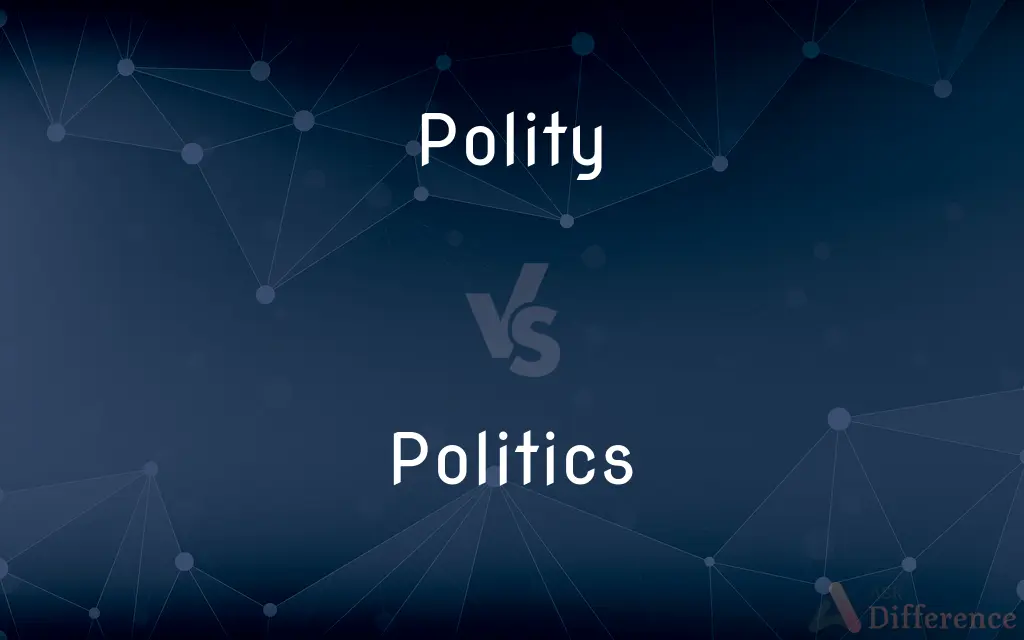

Polity represents the structured form or system of governance of a society, including its constitution and social institutions. It emphasizes the broader framework within which power and authority are organized and exercised. On the other hand, politics is concerned with the practice of influencing, making, and implementing decisions within a group or society, focusing on power dynamics, negotiations, and policies.
The concept of polity is often used in discussions about the nature and characteristics of different government systems, such as democracies, monarchies, or autocracies. It deals with the organizational aspects and foundational principles of a society’s governance. Whereas politics is more dynamic, involving the ongoing processes of policy-making, leadership, and the distribution of power among individuals or groups.
Polity can be seen as the stage upon which the drama of politics plays out. It provides the rules and structures that govern political action and interaction, shaping the boundaries within which political actors operate. Politics, however, is the action itself, driven by ambitions, ideologies, and the pursuit of power, often requiring negotiation, compromise, and sometimes conflict among various stakeholders.
In academic discourse, polity is studied to understand the enduring structures and principles that underpin different types of governments and their effectiveness. This includes examining how laws are structured, the role of institutions, and the distribution of authority. Politics, in contrast, is studied to understand the behaviors, decisions, and strategies of political actors within these structures, including how they pursue and wield power.
Understanding the difference between polity and politics is crucial for analyzing how societies are organized and governed. While polity provides a macroscopic view of governance structures, politics offers a microscopic look at the operations and interactions within those structures, revealing the complexities of power, leadership, and policy-making.